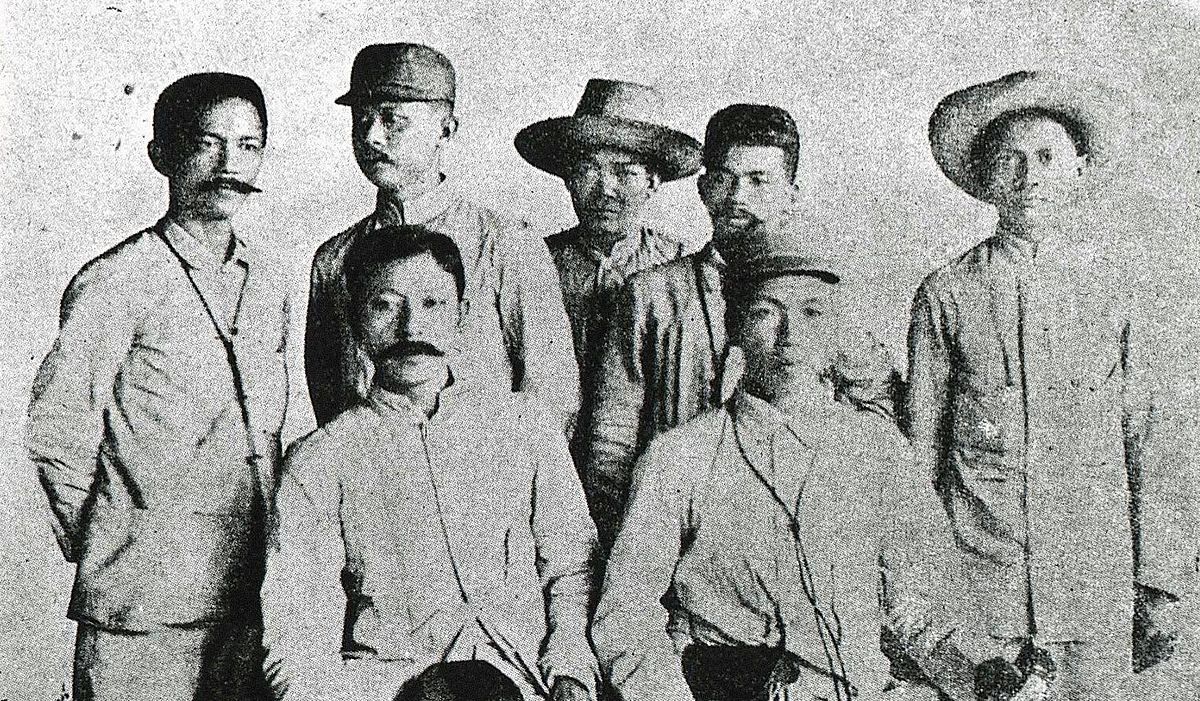

LithotripsyĪ doctor aims ultrasonic shock waves at the gallstones to break them up. The doctor can then remove the stones or leave them to pass into the intestine. When a person with gallstones cannot have surgery or ursodeoxycholic acid, they may undergo endoscopic retrograde cholangiopancreatolography (ERCP), which requires a local anesthetic.Ī doctor places a flexible fiber-optic camera, or endoscope, into the person’s mouth, then passes it through the digestive system and into the gallbladder.Īn electrically heated wire widens the opening of the bile duct. Endoscopic retrograde cholangiopancreatolography

It is not as effective as surgery but is sometimes the only choice for people who cannot have a general anesthetic. This type of treatment, known as dissolution, may take up to 24 months to be effective. If a gallstone is made of cholesterol, it can sometimes be slowly dissolved with ursodeoxycholic acid. Ursosdeoxycholic acid lowers the cholesterol content of bile, making it less likely that stones will form. To help prevent this, doctors give many people with gallstones ursosdeoxycholic acid, which is the acid found in bile. If a person’s gallbladder is severely inflamed, they generally will need open surgery.įor a large proportion of those who undergo a cholecystectomy, gallstones come back within a year.

People who undergo open surgery require a longer hospital stay and recovery time. With open cholecystectomy, a large cut is made in the abdomen. Laparoscopic surgery is not possible for about 10 percent of people, who will need open cholecystectomy. This is usually performed with laparoscopic surgery. Treatments for gallstones include: CholecystectomyĬholecystectomy means the surgical removal of the gallbladder. (2021).Doctors only treat gallstones if they have caused gallbladder inflammation, blockage of the bile ducts, or if they have moved from the bile ducts into the intestines.
Endoscopic retrograde cholangiopancreatography (ERCP). You can learn more about how we ensure our content is accurate and current by reading our editorial policy. We link primary sources - including studies, scientific references, and statistics - within each article and also list them in the resources section at the bottom of our articles. Medical News Today has strict sourcing guidelines and draws only from peer-reviewed studies, academic research institutions, and medical journals and associations. They then access the duct from there to try and remove the stones.Īn ERCP procedure can also help fix a postoperative bile leak, which healthcare professionals can treat with a repeat surgical procedure or interventional radiology. A gastroenterologist passes a camera down from the person’s mouth up to the first part of their small intestine where the bile duct inserts. If a surgeon cannot remove the stones readily with maneuvers during the surgery, a person may need a procedure called endoscopic retrograde cholangiopancreatography (ERCP). an inability to pass gas or have a bowel movement. pain that worsens or does not get better over time. The symptoms of PCS are similar to those of gallstones and include abdominal pain, diarrhea, and heartburn.Īnyone who notices any of the below symptoms after gallstone removal surgery should visit a doctor. It may also occur if bile leaks into the stomach. There is also a risk of postcholecystectomy syndrome (PCS), which develops if any gallstones remain in the bile duct. damage to the intestine, bowel, or blood vessels. It can take 6–8 weeks to make a complete recovery from open surgery and return to normal activities.Īlthough gallbladder surgery is relatively common and safe, there are some possible side effects and complications. Hospitals require someone to pick up the individual to drive them home or take a taxi with them. A person can expect to stay in the hospital for 3–5 days after their operation. It is also important to rest and avoid strenuous activities for up to 2 weeks, but a person should be able to return to normal activities after this time. However, a friend or family member will need to drive the individual home after surgery or accompany them in a taxi. Recovery from laparoscopic surgeryĪfter a laparoscopic procedure, most people can leave the hospital on the same day as the surgery. It is essential not to take a shower for 1 or 2 days following surgery. In all cases, a medical team will provide aftercare instructions on taking care of the wound and watching out for infection. The recovery process following a cholecystectomy varies depending on the type of surgery.







 0 kommentar(er)
0 kommentar(er)
